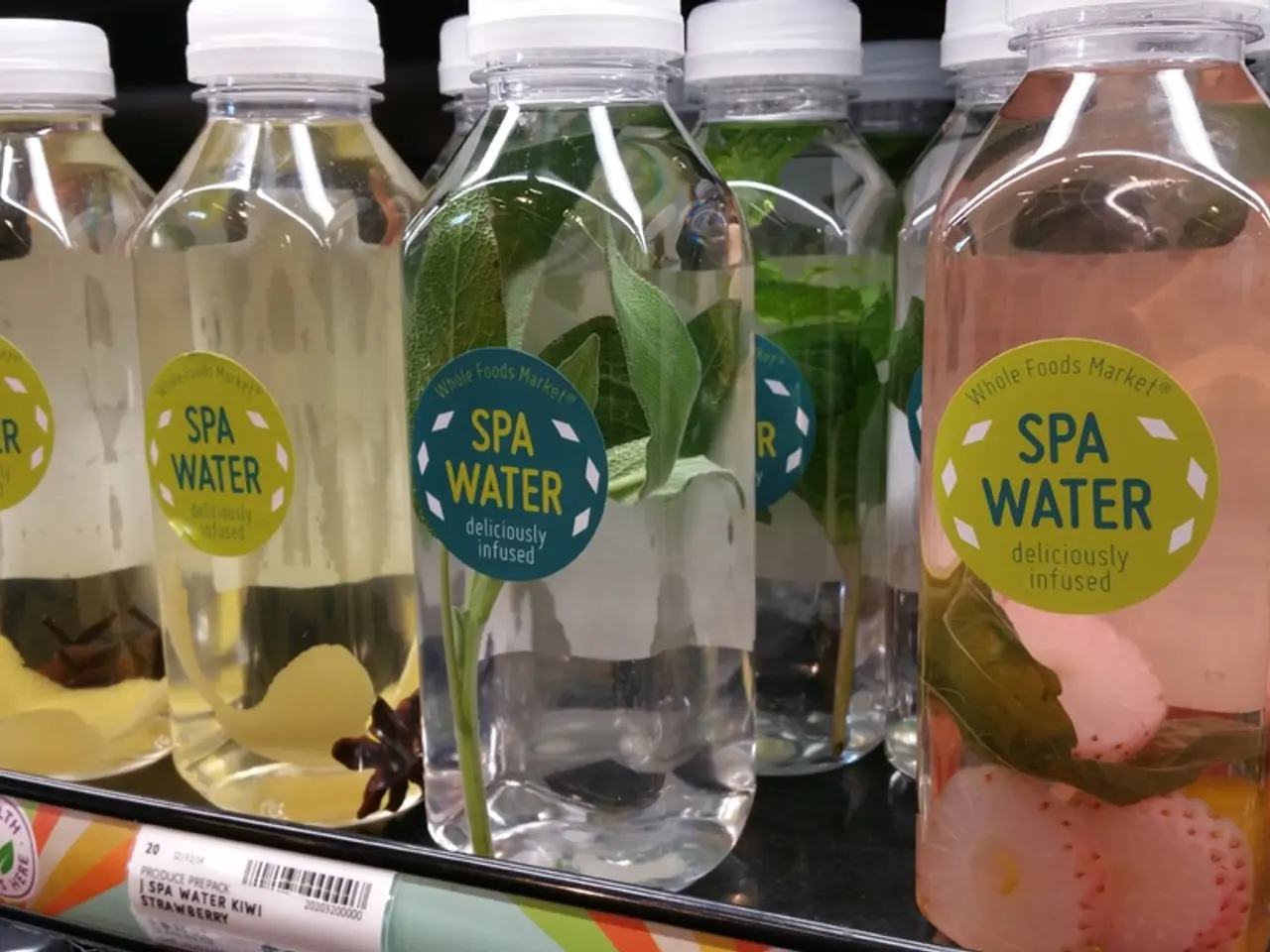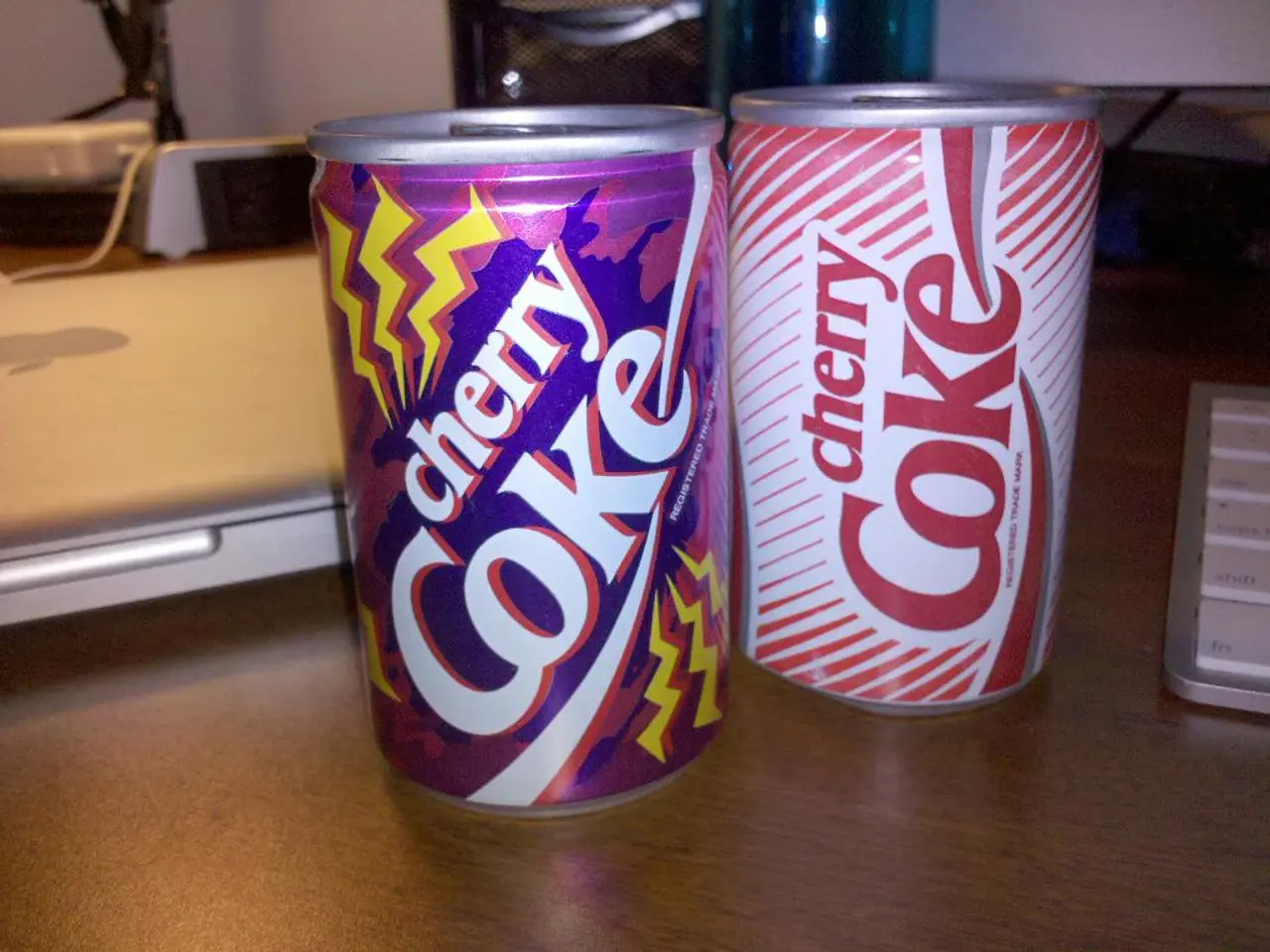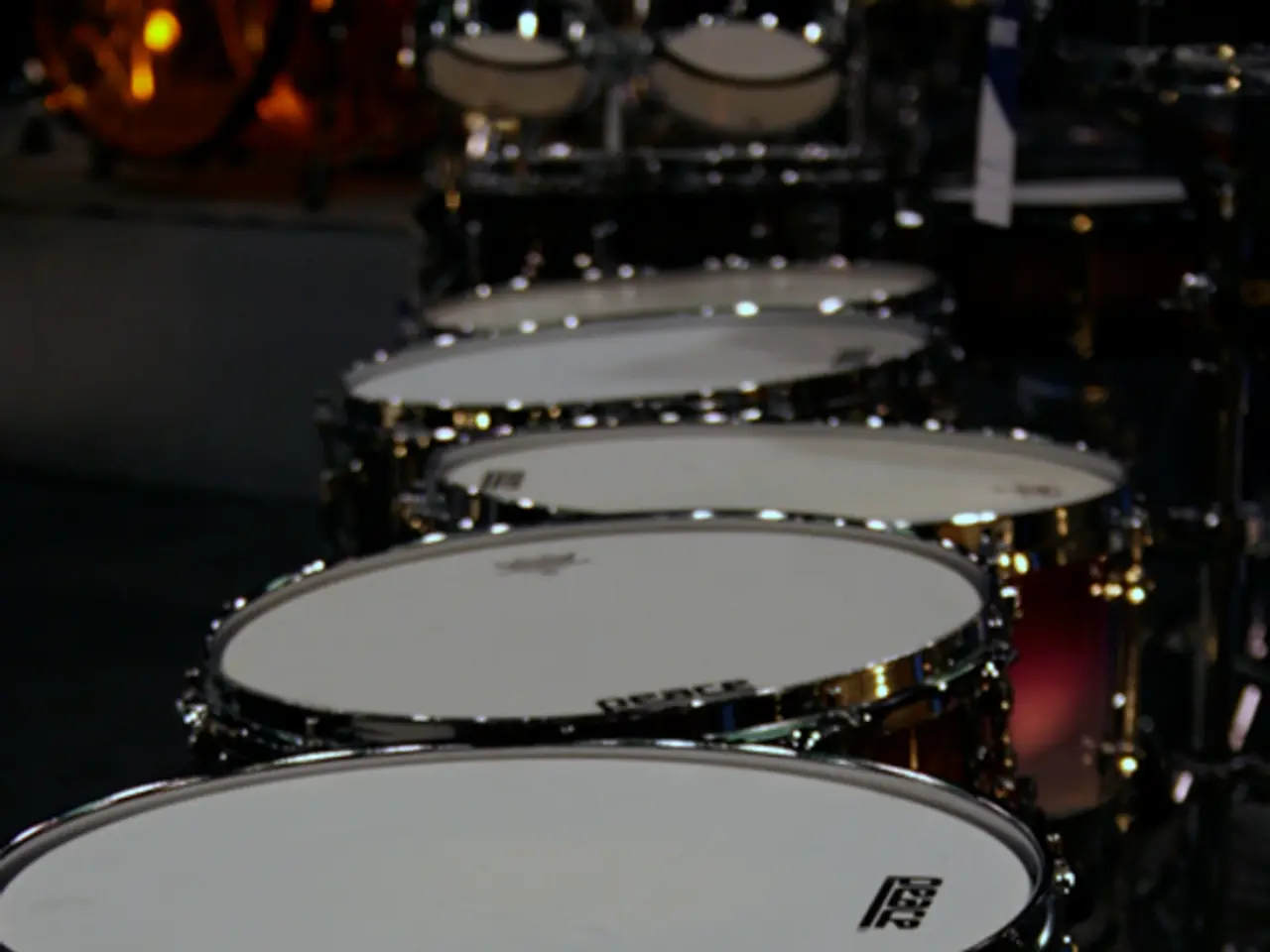Fresh-Cut Produce Industry Employs Electrochemical Disinfection Techniques
The food industry has a new ally in its quest for cleanliness and safety: Electrolyzed Water (EW). This innovative solution, generated by applying electricity to water with a dilute salt content, offers a broad spectrum of microbial decontamination as disinfectants.
The Power of Electrolyzed Water
EW is more than just a sanitizer; it's a powerful tool that can destroy bacteria and viruses. The secret lies in its composition, which includes hypochlorous acid (HOCl) and dilute hydrochloric acid (HCl). Notably, HOCl is the same antibacterial agent produced by human white blood cells, making EW up to 80 times more effective than alcohol or bleach in sanitizing [3].
This eco-friendly and chemical-free solution can be used across various stages of food handling and processing, from sanitizing equipment and surfaces to even foods such as lettuce and seafood [1]. By reducing microbial contamination, it helps maintain the safety and quality of food products in restaurants, grocery stores, and processing facilities.
The Advantages and Challenges
While EW offers numerous benefits, its practical implementation comes with considerations. Producing EW requires specialized equipment, which might necessitate capital investment for some food businesses [3]. Additionally, EW can lose its effectiveness over time due to the degradation of active components, complicating storage and logistics.
Moreover, while considered safe and effective, the long-term effects on food quality and possible regulatory acceptance in different regions may require further validation and standardization. Lastly, alternatives like cold plasma, UV-C light, and ozone also provide sanitization and may be preferable depending on the application, cost, or regulatory environment [1][5].
Two Types of EW Generators
There are two types of EW generators. The first type allows users to select the brine-flow rate, with the machine adjusting voltages and/or amperages accordingly. The second type allows users to select the amperages and/or voltages, with the machine adjusting the brine-flow rate accordingly.
Basic and Acidic Electrolyzed Water
Two types of EW, acidic electrolyzed water (AEW) and basic electrolyzed water (BEW), are produced simultaneously by electrolysis. AEW, with a pH of 2.5 to 3.5, a high ORP (+1000mV to +1200mV), and the concentration of free chlorine (11.3mg/L to 86.3mg/L), is more effective as a sanitizer than chlorine.
On the other hand, BEW, with a pH of 10.0 to 11.5, a low ORP, and containing sodium hydroxide (NaOH), works well as a cleaning agent due to its high pH and low ORP.
A Long-Standing History
EW has a rich history, with more than a 150-year-long history and being used in the food industry since the 1980s in Japan and since the late 1800s in Great Britain. Today, EW is produced by commercially available electrolysis devices and has been approved for applications in the food industry by the U.S. Environmental Protection Agency (EPA), U.S. Food and Drug Administration (FDA), and the U.S. Department of Agriculture (USDA).
In conclusion, electrolyzed water offers a highly effective, environmentally friendly sanitizer for the food industry with wide applications in cleaning and food washing. However, considerations around equipment costs, stability, and regulatory framework are important for its practical implementation [1][3].
- With its ability to destroy a broad spectrum of bacteria and viruses, Electrolyzed Water (EW) has become an invaluable tool in maintaining food safety, particularly in agriculture, where it can sanitize equipment, surfaces, and even certain food types like lettuce and seafood.
- As the scientific community continues to study Electrolyzed Water, potential applications in health and wellness, coupled with its eco-friendly composition, could also address medical-conditions related to susceptibility to certain microbes, extending its impact beyond the food industry.
- Exploration into technology and innovation could further enhance EW's effectiveness in sanitization, creating more opportunities for collaboration between the food industry, science, and academia, ultimately leading to a safer world for all.




